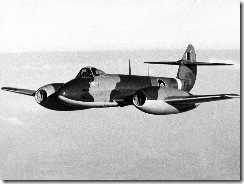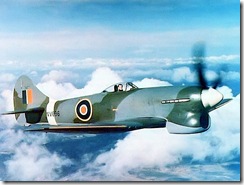In their book Information, Systems and Information Systems , Professor Peter Checkland and Dr Sue Holwell describe “The Information System that Won the War”. It is a fascinating tale but it has an enduring lesson for anyone involved with information systems.
It is widely recognised that radar (or “radio location” as it was then called) was a decisive factor in the “Battle of Britain” (the major air battle over southern England in 1940). The grossly outnumbered British fighters could be in just the right place (or just the wrong place if you were a German pilot) at just the right (or wrong) time with plenty of fuel and ammunition. The German Luftwaffe failed to gain control of the air so an invasion became risky, so it was postponed… and the rest is history.
But the interesting thing about Checkland and Holwell’s perspective is that the successful use of radar was not a matter of superior technology. German radar was probably more advanced technically. What made the difference was how the British Royal Air Force (RAF) organised itself to make use of the information that radar gave them. In the first world war, fighters flew “patrols” – and if they encountered enemy aircraft a firefight ensued. The Battle of Britain was different. The RAF invented from scratch a whole system of fighter controllers, plotting tables and all the rest of the paraphernalia which allowed the RAF fighters to stay on the ground until the last moment and then fly directly to the right point to attack an incoming raid. But it was the whole system, not just the technology, that did the job.
The most remarkable part of the story was that the RAF had practiced the use of radar data in the air exercises of the late 1930s before radar was even available. They knew what they wanted to do, they knew what information they needed, and they had developed the system to take action on the basis of the data before the key technology piece was even there.
And the moral of the story? Technology is useful, but on its own it doesn’t cut it. Good information is essential, but even that on its own doesn’t cut it. It is the whole system making use of the information to deliver effective action that matters.
 This is in an example of one of the principle paradoxes at the heart of The Performance Paradox a book about the management of performance. New technology, new ways of doing things, even new procedures open up the possibility of a huge improvements in performance: but when first introduced, may underperform compared with the old.
This is in an example of one of the principle paradoxes at the heart of The Performance Paradox a book about the management of performance. New technology, new ways of doing things, even new procedures open up the possibility of a huge improvements in performance: but when first introduced, may underperform compared with the old.



Recent Comments